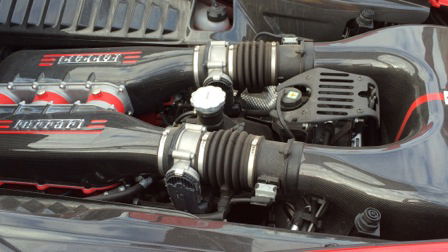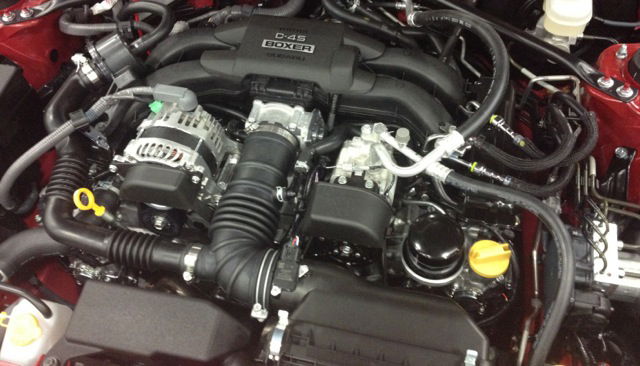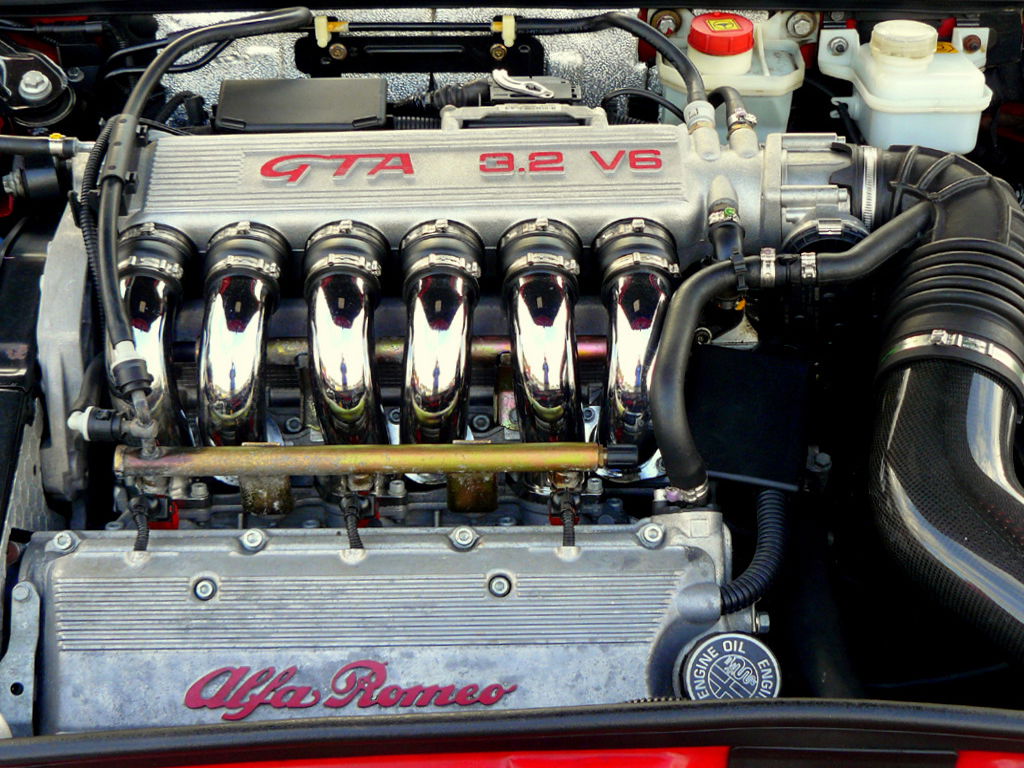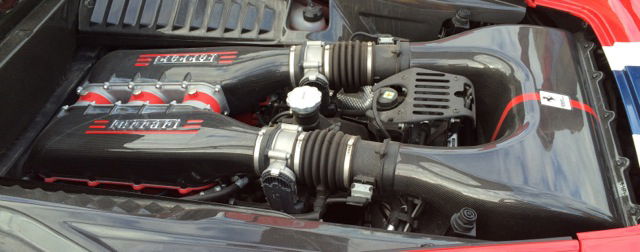Engineering Explained: The Pros And Cons Of Different Engine Types

What makes more power, a 4.0-litre V6 engine or a 4.0-litre V8? The answer isn’t so simple. When discussing various engines, the layout isn’t the biggest contributing factor to how much power it makes. With a bit of ingenuity (and you know, cash), a four cylinder engine can make just as much power as a V12. So what makes manufacturers choose different engine layouts? Here are the advantages and disadvantages of each layout.
1. Four-cylinder inline four

Let’s start with one of the most common engines, the inline four cylinder. There’s a reason it’s common, largely because it’s so simple: one cylinder bank, one cylinder head and one valve train. Here’s all you need to know:
Advantages:
- The four-cylinder, inline four is small and compact, meaning it easily fits in nearly any engine bay.
- It’s also lightweight, and with only one exhaust manifold, weight is further reduced.
- With only one cylinder head, there are fewer moving parts than engines with multiple cylinder banks. This means less energy is lost which reduces the probability of malfunctions.
- Primary forces are balanced because the outside two pistons move in the opposite direction of the inside two pistons (see picture above).
- Four-cylinder engines are easy to work on; the cylinder head is the highest point which makes spark plug jobs and valve train access very easy.
- Four-cylinder engines require lower manufacturing costs.
Disadvantages:
- Secondary forces are not balanced, which ultimately limits the size of the engine.
- Inline fours will rarely exceed 2.5 litres to 3.0 litres.
- Larger four cylinder engines will often require balancing shafts to cancel the vibration caused by the secondary imbalance.
- High centre of gravity compared to some layouts (H4).
- Not as rigid as some layouts (V6, V8).
Here’s a quick video explanation of the four-cylinder engine:
2. Horizontally-opposed

From a performance standpoint, there aren’t many options as attractive as an engine with horizontally-opposed cylinders. The boxer four isn’t nearly as common as the other engines on this list, but from an engineering standpoint it’s a logical choice for your race car.
Advantages:
- Primary and secondary forces are well balanced. This is a smooth engine.
- This allows for less weight on the crankshaft, resulting in less power lost to rotational inertia.
- Low centre of gravity allows for better handling.
Disadvantages:
- Packaging size: these are very wide engines.
- Flat engines were once used in Formula 1 for their performance advantages, but due to their width they obstructed airflow and are no longer used.
- Complexity - two cylinder heads/valve trains.
- Rocking couple (plane imbalances) due to offset pistons to allow for the connecting rods to connect with the crankshaft.
- Maintenance can be challenging if packaging is tight.
3. Straight-six

An engineer’s object of affection, the straight-six is the result of tacking on two more cylinders to an inline four engine. BMW loves them, and it’s the layout of one of the most well-known boost-ready engines, the 2JZ. So what’s so special about the straight-six?
Advantages:
- The straight-six is Inherently balanced.
- The layout combined with its firing order leads to essentially the smoothest engine out there.
- V12s and Flat-12s are the next step in further reducing vibration, as they are two I6s matched together.
- Lower manufacturing cost - single cylinder block with all the cylinders in one orientation.
- Simple design, easy to work on much like the I4.
Disadvantages:
- Packaging can be difficult due to the length.
- Not ideal for FWD vehicles.
- High center of gravity (vs flat engines).
- Lower rigidity than V engines as it’s long and narrow.
Here’s a quick video explanation of the straight-six:
4. V6

Now cut that straight-six in half and match the two cylinder banks to a common crank. The V6 is a common layout when there are six spark plugs involved. It’s also the current layout for Formula 1 engines. Why use it?
Advantages:
- They’re compact and can easily be used for both FWD and RWD vehicles.
- Allows for greater displacement than four-cylinder engines, typically meaning more power.
- Rigid design.
- Formula 1 chose to use V6s rather than I4s for the 2014 season because they wanted to use the engine as a stressed member of the car.
Disadvantages:
- Two cylinder heads means added cost, complexity, and weight.
- Additional rotational inertia and friction (more moving parts).
- High centre of gravity vs flat engines.
- Cost is often greater than inline.
- Secondary imbalance requires additional weight on the crankshaft.
- Two exhaust manifolds means additional weight.
5. V8

When you add a cylinder to each bank of the V6, you get an icon in both American muscle and European exotics - the V8. It can produce a refined whine, or a shuddering burble. So what makes this layout such a popular choice?
Advantages:
- Packaging size (short in length).
- Good balance, depending on the crankshaft type and firing order (flatplane vs crossplane).
- Rigid design.
- Allows for high displacement.
Disadvantages:
- Like a V6, the V8 engine’s weight can be high.
- Additional rotational inertia and friction (more moving parts).
- Cost and complexity will be higher.
- Higher centre of gravity vs flat engines.
- Engine weight is usually increased.
- Packaging is large, typically restricted to RWD/AWD vehicles.
Let us know below which engine type you are currently running and what you like and loathe about it.
Comments